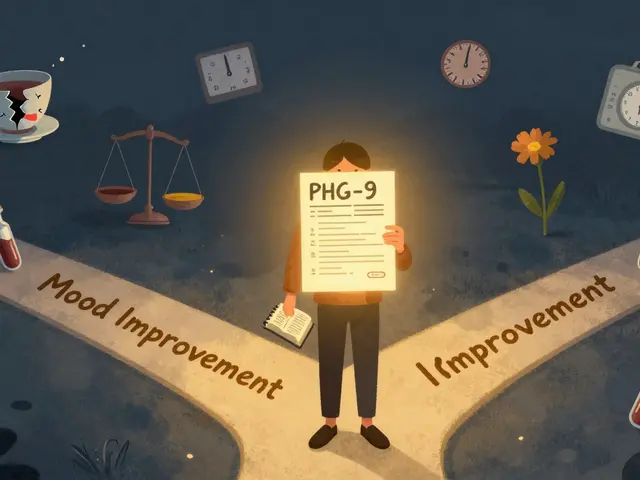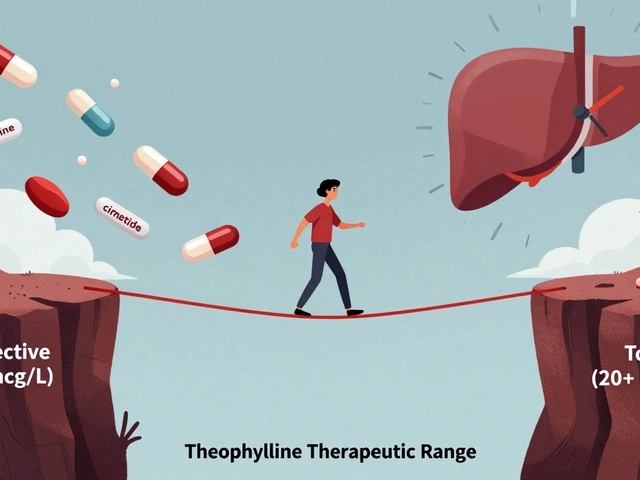Chronic Pain Management: Practical Strategies That Work
Chronic pain changes your day-to-day life. When pain lasts more than three months it becomes a long-term problem and needs a steady plan. Quick fixes rarely stick, so use steps that you can repeat and measure.
Start by tracking pain for two weeks. Note time of day, what you were doing, your pain score 0–10, sleep quality, and whether medicine helped. A simple notebook or phone note works. This makes your doctor visits faster and helps spot patterns—like pain after sitting, or worse in the morning.
Medications can reduce pain but think of them as one part of a plan. Over-the-counter options such as ibuprofen (Motrin) or acetaminophen help flares. Topical NSAIDs and lidocaine patches target local pain with fewer whole-body effects. For nerve pain, drugs like gabapentin or SNRIs may work better than standard painkillers. Opioids may help short-term severe pain, but they bring risks—discuss goals, dose limits, and monitoring with your doctor before starting.
Combine meds with non-drug treatments. Physical therapy improves strength and movement. Graded exercise—small, steady increases—beats the boom-and-bust cycle where you overdo it then rest for days. Cognitive behavioral therapy (CBT) teaches practical ways to react to pain and can reduce stress and disability. Simple habits like consistent sleep, reasonable weight loss, and quitting smoking often lower pain intensity over weeks to months.
Use practical self-care at home. Heat relaxes tight muscles; ice reduces recent swelling. Break tasks into 15–20 minute chunks and rest between them. Try a pain diary habit: list three activities you want to do each week and rate how pain affected them. Small wins—5 extra minutes walking, a short stretch break—add up fast.
For specific conditions, targeted treatments can help. Cortisone or trigger‑point injections may stop pain cycles for weeks. Nerve blocks, radiofrequency ablation, or spinal cord stimulators are options when other measures fail. Ask a pain specialist what suits your diagnosis and lifestyle before pursuing invasive steps.
Safety checks and medication review
Review every medicine regularly with your prescriber or pharmacist. Some pain drugs interact with blood pressure meds, blood thinners, or antidepressants. Watch for side effects: drowsiness, constipation, dizziness, or changes in mood. If side effects appear, don’t stop abruptly—call your clinician to adjust safely.
When to get help
Seek urgent care for fever with pain, sudden weakness, new numbness, or loss of bladder/bowel control. Otherwise, see your primary doctor or a pain clinic when pain keeps you from work, sleep, or daily tasks despite home steps. A realistic plan with clear short-term goals and one or two small changes at a time is the most reliable way back to better function.
Want tailored reading? Check our guides on common options like Motrin for flare control, medication interactions, and therapies for nerve or migraine pain. Keep records, ask questions, and aim for steady, measurable progress—pain can improve when you follow a clear plan.
Low-Dose Naltrexone: The Gabapentin Alternative for Neuropathy & Chronic Pain in 2025
Low-dose naltrexone (LDN) is catching eyes as a gabapentin alternative for neuropathy and chronic pain. This article breaks down pilot trial findings, practical prescribing tips, dosage details, and safety notes. It also explores how LDN measures up to longtime favorites like gabapentin and what real patients and doctors are saying in 2025. Dig into what really works, minus all the hype, to get helpful insights for anyone considering new options for nerve pain relief.






